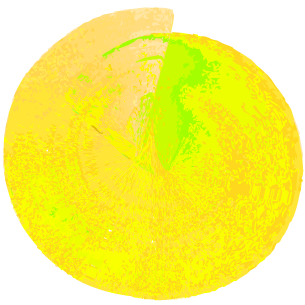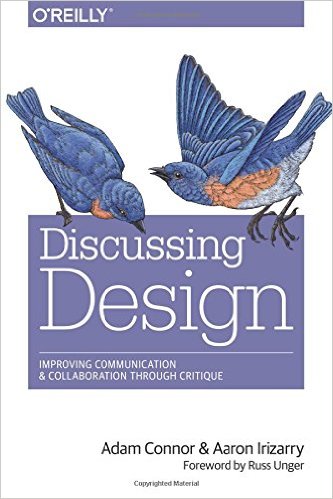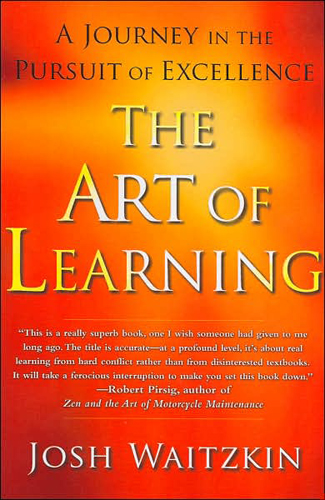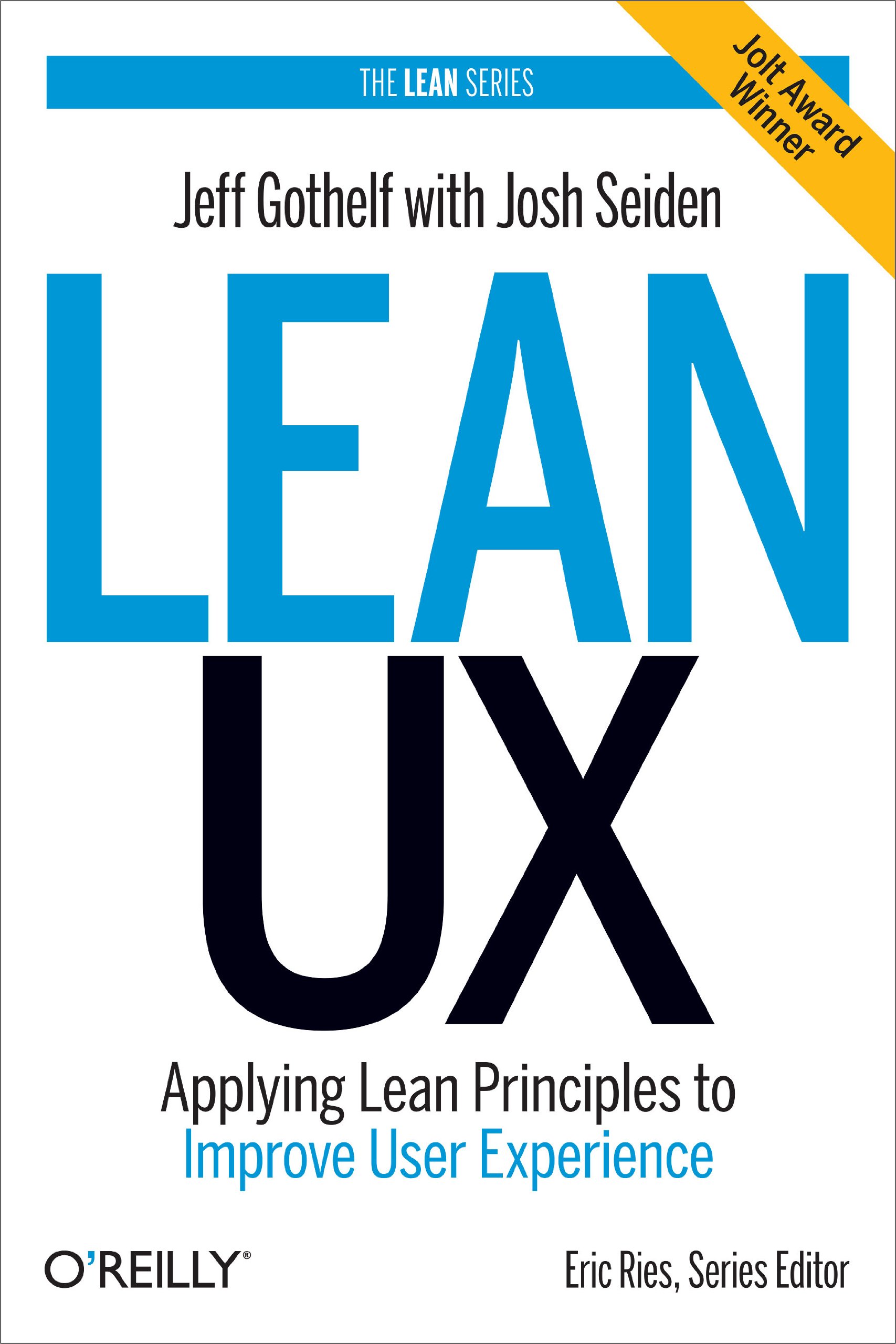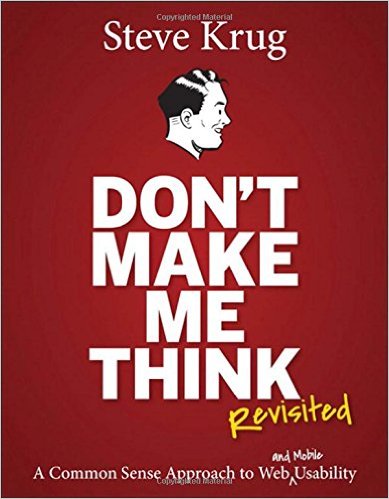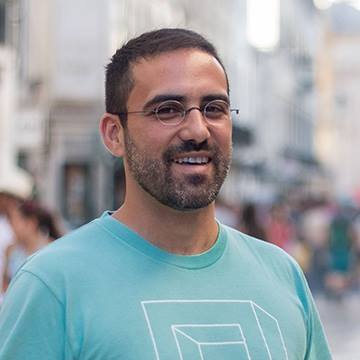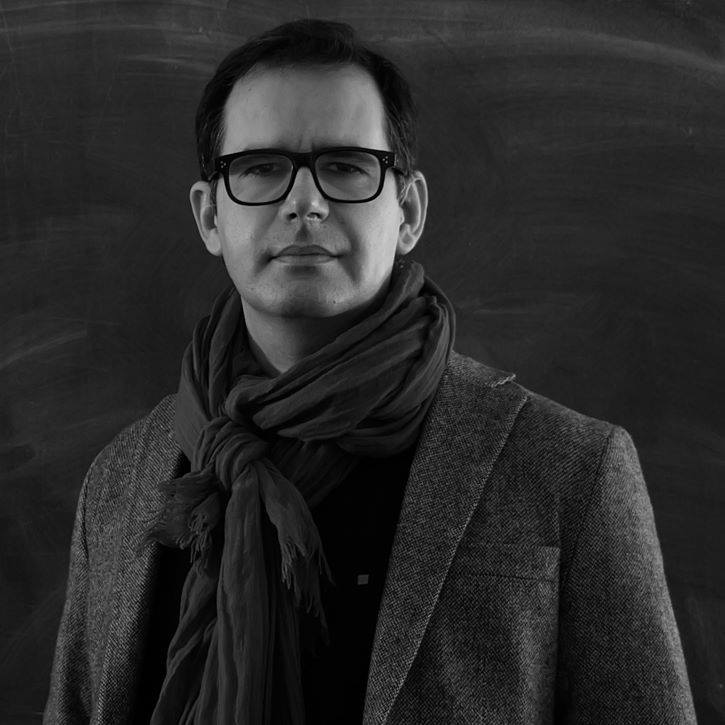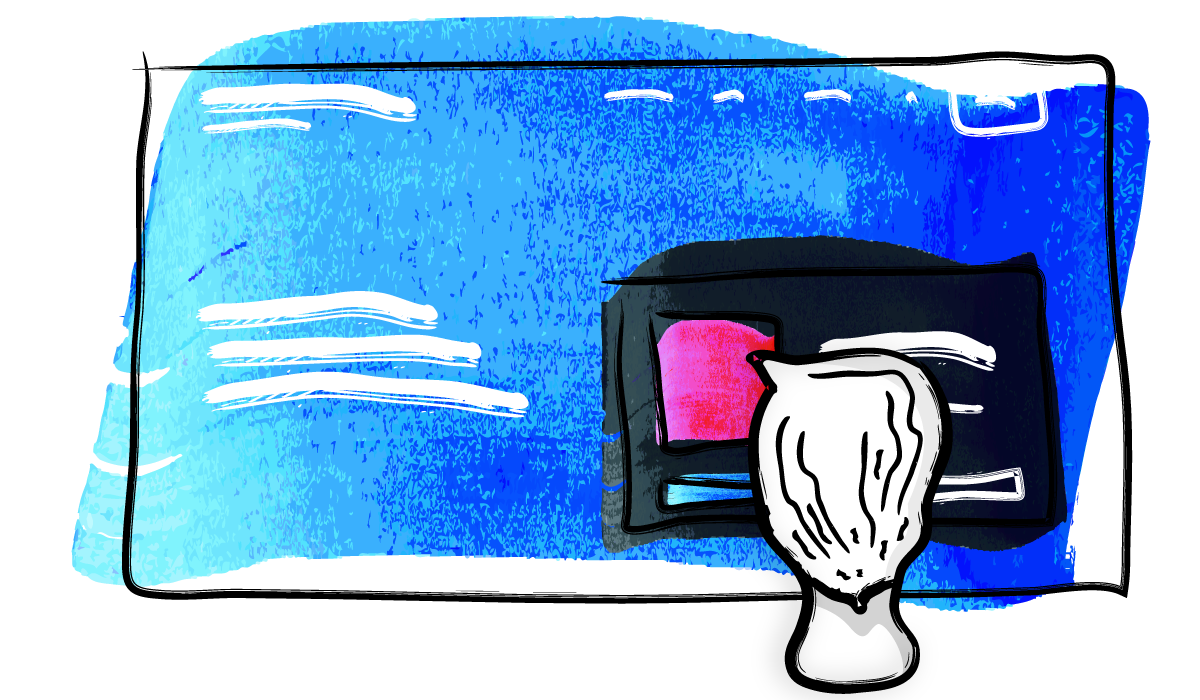On the field
As I got more and more excited about the design world, I knew I was coming to a crossroad where I had to make a choice. Keep digging the theoretical part, or get my hands dirty. I chose the latter.
Even though I’d be making mistakes, I decided to try a couple of gigs on a freelancing platform. But before starting, I defined what my approach would be: I would only focus on delivering quality work and stuff I could use in my portfolio.
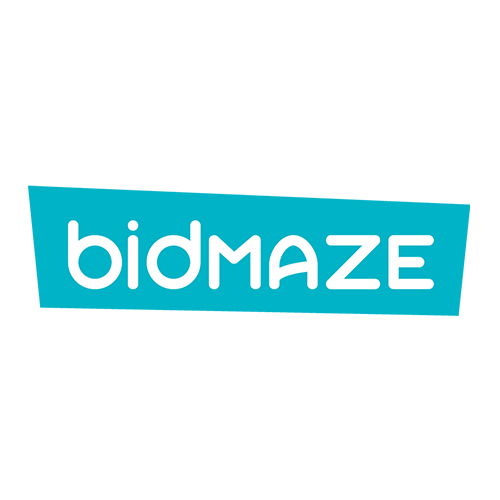
Mobile app design, both for iOS and Android
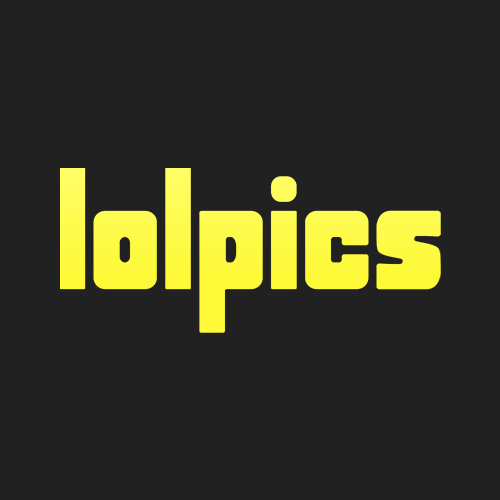
Mobile app for iOS - improvements on the UI
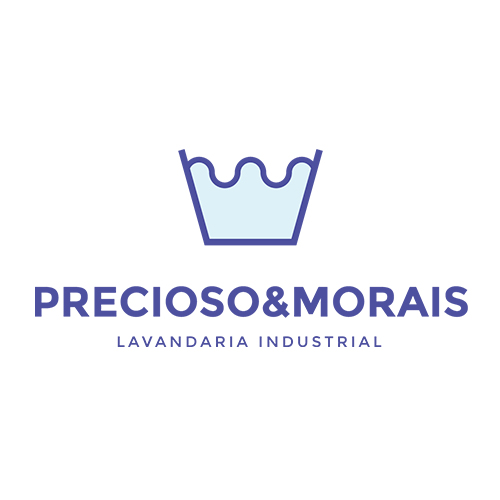
Branding and stationary material for an industrial laundry
Well, things did not turn out as I exactly expected. That was OK, because my learning mindset was absorbing as much information as I could find useful for next proposals. I learned so much about defining milestones, giving quotes and picking the correct clients to work with. But also dealing with rejection, bad feedback, good feedback, lack of motivation, wanting to do everything in a single day, exhaustion and the importance of processes.
I did logos, branding guidelines, redesigned webpages, designed new ones, got introduced to designing for mobile devices and throughout all the mud, I can outweigh the negative aspects with the positive ones.
Taking such a challenge while still learning about digital products, finishing my Economics course and working as a Director of Marketing and International Relations in the University was definitely a challenge, but worth it. All the way.

